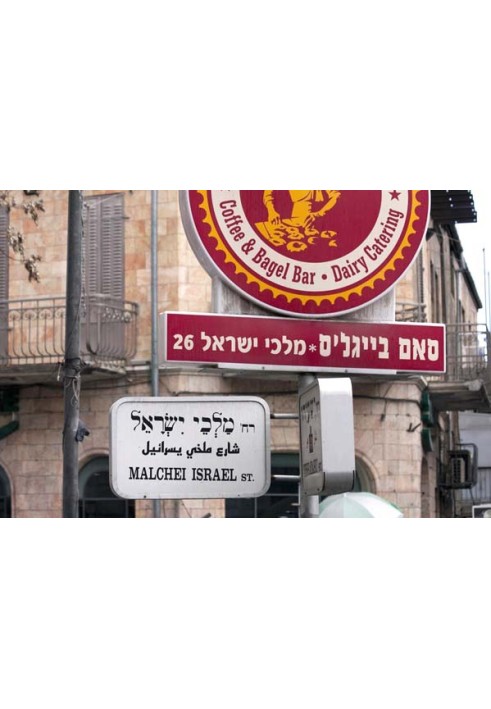Mea Shearim Quarter
 Instant download
Instant download
after payment (24/7)
 Wide range of formats
Wide range of formats
(for all gadgets)
 Full book
Full book
(including for Apple and Android)
The ultra-Orthodox district of Jerusalem in photographs of its residents and in the description of an “observer” from the outside. From Wikipedia: Mea Shearim (Hebrew: מאה שעריםu200e) is one of the oldest districts of the new city in Jerusalem. Founded in 1880. In a broad sense, Mea Shearim refers to all neighboring areas with a religious population, including Makor Baruch, Geula, Beit Israel, the Bukhara quarter, Batey Varsha, Batey Ungarin. In the religious world, it is customary to call the expanded Mea Shearim after another large district in the block: Geula. In a narrower sense, the name Mea Shearim refers to a small area on both sides of the street with the same name. The name of the area is translated as “a hundred fold” and is an expression from the Bible (Gen. 26:12): “And Isaac sowed in that land and received that year barley a hundredfold (מֵאָה שְׁעָרִים): so the Lord blessed him.”At the beginning of the twentieth century, Mea Shearim was a mixed religious-secular area, but in the 60s the religious population began to actively fight for the closure of streets and all institutions for Shabbat This activity forced secular youth to look for housing in other places. Elderly people are gradually living out their lives and their apartments are gradually being taken over by the religious residents of the area. Today, it is inhabited mainly by ultra-Orthodox Jews, including Neturei Karto and Sikrikim. On Saturdays and holidays, travel through the area is blocked. During outbreaks of religious discontent with the activities of various official bodies and groups in Israel, Mea Shearim accounts for the bulk of religious demonstrations and protests. %A8%D0%B5%D0%B0%D1%80%D0%B8%D0%BC
FL/203939/R
Data sheet
- Name of the Author
- Ontario14
Владимир Воробейчик - Language
- Russian















